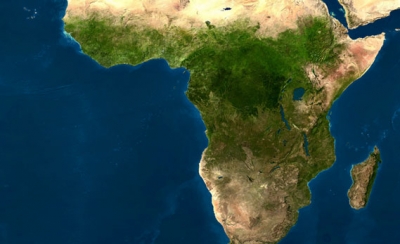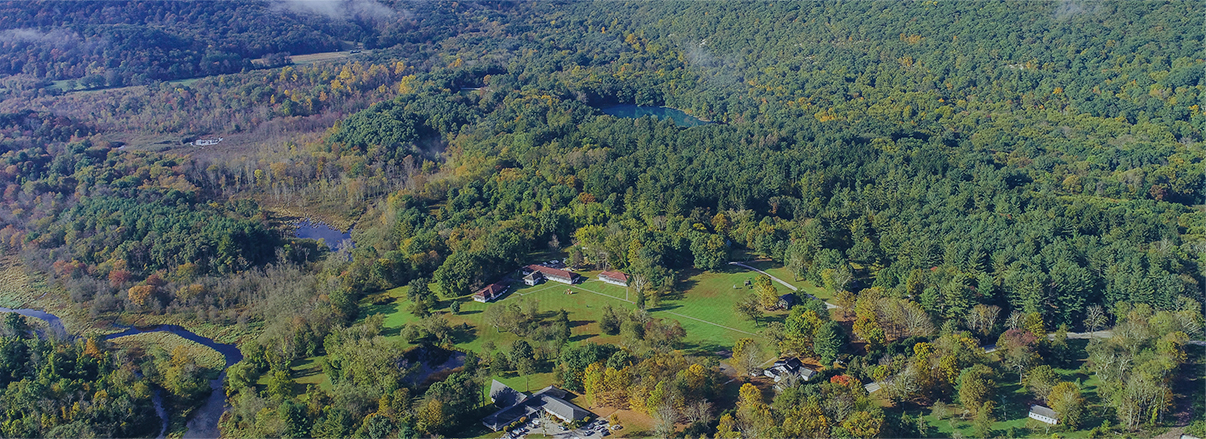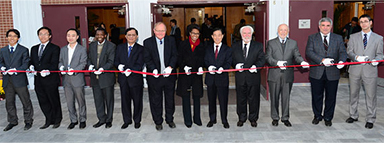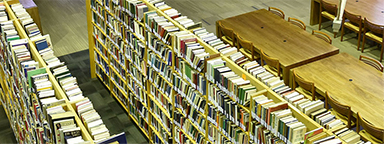Ministry Challenges and Prayers for the Church in South Africa

a) Urban dwellers. The enforced rural poverty among Africans in the apartheid era transformed into continued poverty in shantytowns, squatter camps, slums and townships, where conditions range from poor to terrible. Over 60% of South Africans are urban dwellers, a figure set to rise by 2020 to as high as 75%. The financial fortune spent by the government - trying to improve the quality of life for the millions living in these squatter settlements - has made only a small impact thus far. The majority are unemployed; many are unemployable. Pray for:
1. Churches, believers and their witness in a society full of social stress, where tribal and family authority has broken down, and where criminal, ethnic and political violence is commonplace. Pray for their protection, and pray that they might be given grace to stand for Jesus and be lights for Him in these very difficult places.
2. Evangelistic outreach through churches and agencies (AoG, African Enterprise, Dorothea Mission, Africa for Christ Evangelistic Association and others). The major new challenge is evangelization of squatter settlements, leading to church planting. Much is being done locally, and church growth in these settlements is rapid.
b) Young people and children. One-third of the population are under age 15, and 70% are under 35. Youth ministry is vital for South Africa's future spiritual health.
1. There are dozens of agencies with specific ministry to young people. The great challenge is meeting the needs of the many poor; they are without opportunities and education and are both vulnerable to and a fertile recruiting area for violence and crime. There are over 10,000 child prostitutes, as young as 10 years old, in an industry that is flourishing in South Africa.
2. School-aged children are ministered to by over 25 major agencies - SU with 125 full-time staff, CEF with 27 full-time workers and 300 volunteers and many others. There are 28,000 schools in South Africa. The big growth area is coping with rapidly increasing numbers of AIDS orphans and victims of sexual abuse.
3. University students. SCO(IFES) ministers through 50 campus groups, involving over 3,500 students, and through over 2,500 high school groups. CCCI has more than 50 full-time workers, mostly in campus ministry. His People/Every Nation has a dynamic work on many campuses as well.
c) Mine workers are drawn from all over rural South Africa and surrounding nations, especially Lesotho. Many men live separated from their families for long periods of time. At any one time, 400,000 workers live on large mine compounds of Free State, Gauteng and Northern Provinces. HIV and tuberculosis rates are very high for mine workers. Various missions and agencies seek to minister to them.
Ethnic and religious groups for specific prayer focus:
a) Muslims are less than 2% of the population, but they exercise an influence far greater than their numbers. Very few Muslims have ever openly become followers of the Lord Jesus. Pray for groups of believers from Muslim backgrounds to emerge. Pray for ministries among:
1. Cape Malays (260,000 Muslims), who live mainly around Cape Town and are part of the Afrikaans-speaking coloured community. They are descendents of criminals, political prisoners and slaves brought by the Dutch to the Cape centuries ago. They cling strongly to their religion and culture. A cooperative fellowship of agencies seeks to witness and disciple them (Life Challenge Africa/SIM, WEC and others). There is some fruit, but pressures on these believers can be intense.
2. Asians (300,000 Muslims), mainly in the Durban area of KwaZulu-Natal. Most are of Gujarati, Urdu or other Indian ethnic groups. About 27% of the South Asian community are Muslim. Ministry among them is low key and fruit hand picked. Full Gospel churches, Baptists, SIM and Jesus to the Muslims are all involved in this outreach.
3. Black Africans. Over 100,000 Africans have become Muslim in recent years. Islam is one of the fastest-growing religious movements in South Africa. The appeal of Islam's holistic outlook, emphasis on charity and demand for a pure lifestyle - albeit legalistic - is an indictment of Chistianity's failure of discipleship.
b) Hindus are 50% of the Asian population. With a steady flow of Hindu people coming to Christ, now 19% of the Asian population is Christian. Still, many need the freedom found only in Christ. Demonization is a major problem. The work of Jivannadi Mission, Full Gospel Church of God, Apostolic Faith Mission, NGK, AEF/SIM, Church of England in South Africa and Baptists is fruitful, with some large and lively churches. The great potential for these believers to go out as missionaries is beginning to be realized.
c) East Asians. The Chinese are of three types - long-term residents, immigrants from Taiwan in the 1980s and the present legal and illegal immigrants from mainland China. There is a significant Vietnamese community as well. A number of churches and missions (SIM included) have ministry among these groups. Mainlanders are the most responsive to ministry at this time.
d) The Portuguese and Greek communities are largely Catholic or Orthodox. There are some Portuguese evangelical congregations, but Greeks are more neglected.
e) The Jews live largely in Gauteng and in Cape Town. They are mostly Orthodox in religious practice. There is a small but growing number of Messianic Jews as well as believers of Jewish background who have assimilated into Christian churches. Jews for Jesus and CWI work in South Africa to reach Jews for the Messiah.
The source of this article is from Operation World



